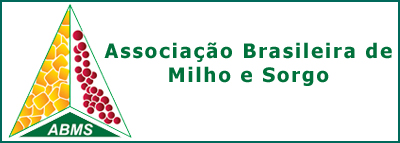EFFICIENCY OF CHEMICAL PESTICIDES TO CONTROL Spodoptera frugiperda AND VALIDATION OF PHEROMONE TRAP AS A PEST MANAGEMENT TOOL IN MAIZE CROP
DOI:
https://doi.org/10.18512/1980-6477/rbms.v9n2p107-122Keywords:
Fall armyworm, integrated pest management, economic injury level, chemical controlAbstract
- The fall armyworm, Spodoptera frugiperda (J. E. Smith) (Lepidoptera: Noctuidae) is a key pest of maize (Zea mays L.) crop, and invariably demand control measures. However, the time of insecticide application has not been properly defined, leading to an inefficiency in the control and, therefore, without getting the maximum from the treatment procedure. Many times the pest has been reaching population density that would demand control measure very early in the season. To detect such populations and, therefore, to decide about the time of the insecticide application, the experiment was conducted installing soon after the plant emergency, a delta type Pherocon 1C trap with a commercial synthetic sexual pheromone (Bio spodoptera® Chem Tica International, S.A.). Insecticide first application was made ten days after the capture of three adults per trap/ha. A second application was accomplished when was again captured a minimum of three moths, but initiating the counting four-days after the previous insecticide application. This same procedure was adopted for a third application. The evaluated insecticides provided a significant reduction in the infestation level, for variable periods, depending on the chemical suggesting that the pheromone trap can be a useful tool in integrated pest management program in maize crop in Brazil.
Downloads
Published
How to Cite
Issue
Section
License
Authors retain copyright and grant the journal right of first publication with the work simultaneously licensed under the Creative Commons Attribution License that allows the sharing of work and recognition of the work of authorship and initial publication in this journal.
Authors are able to take on additional contracts separately for non-exclusive distribution of the version of the paper published in this journal (eg, in an institutional repository or publish as a book), with acknowledgment of its initial publication in this journal.
Authors are permitted and encouraged to post their work online (eg, in institutional repositories or on their website) at any point before or during the editorial process, as this may leadto productive exchanges, as well as increase the impact and citation of published work.



